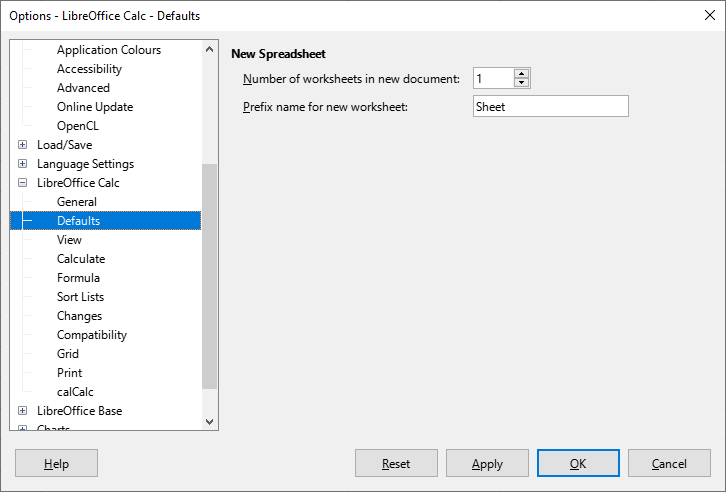@JohnSUN You posted a solution to this item in 2020 which has been closed. your solution included
-
Ctrl+Shift+V (menu Edit-Paste
Special), T (choose Transpose),
Enter (paste and close menu) -
Ctrl+X (cut transposed table)
How significant is the pasted transposition as I have a matrix with 3000+ rows which obviously transposes beyond the max column count of a sheet?
I assume I could probably do the job as you suggest with perhaps four portions of the array to avoid the column count clash but I’m currently running the simple paste special into a text document - without the prior transposition - which has been chugging away since before I started this post.
I suspect it doesn’t like it so when I finish my tea, I’ll probably have to kill the unresponsive LO.
Thanks in anticipation


 so I thought I’d delve deeper.
so I thought I’d delve deeper.
